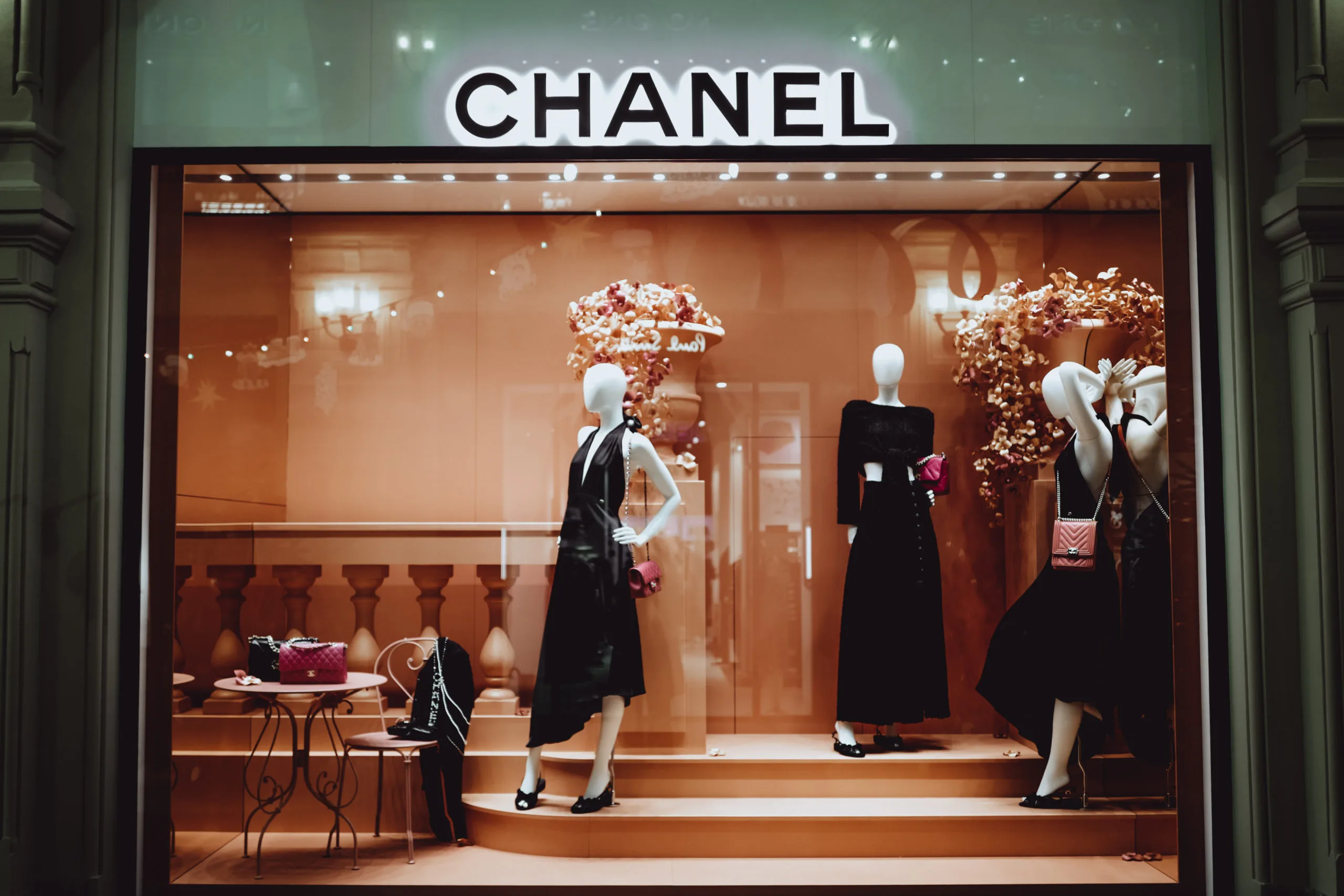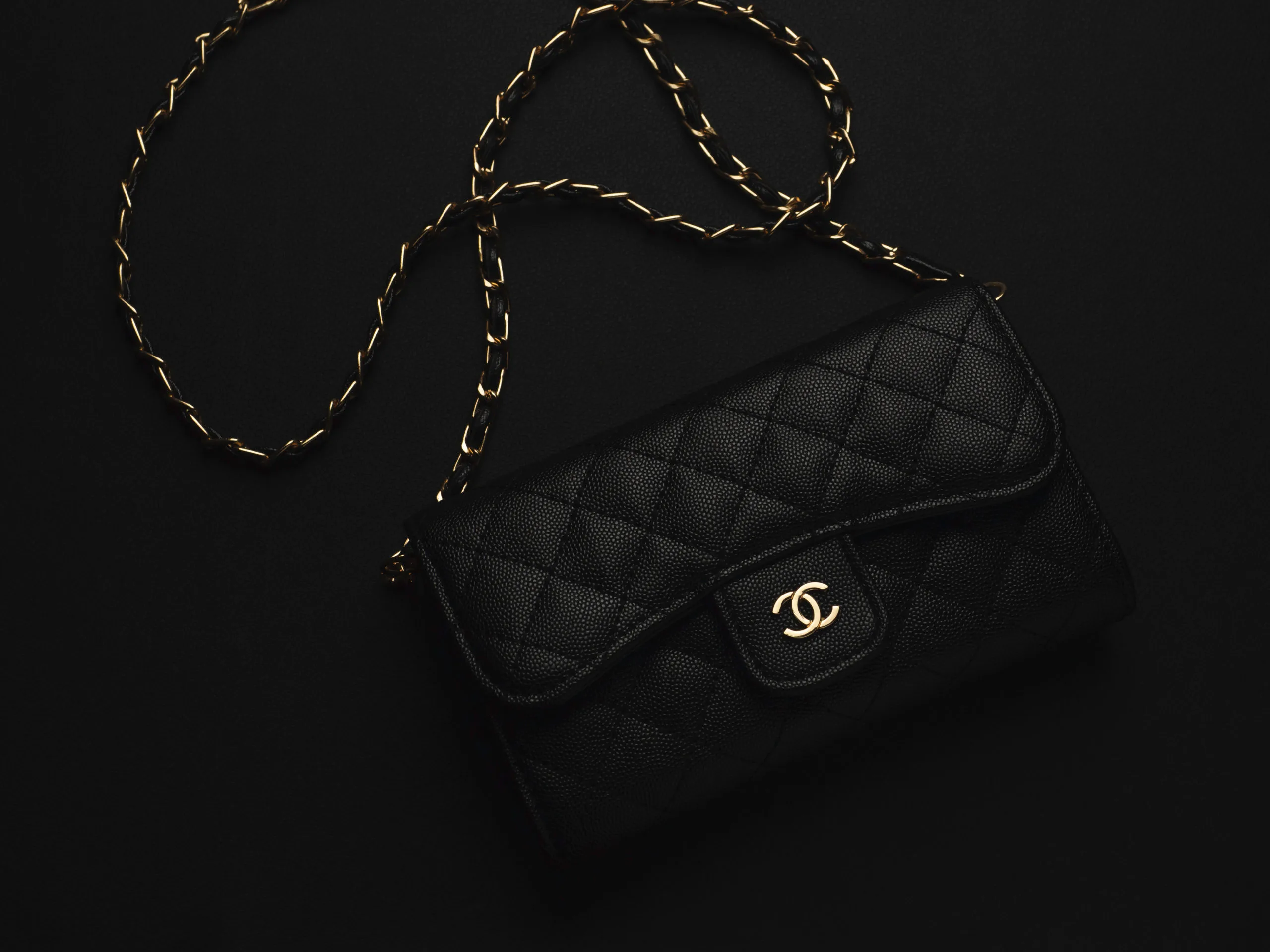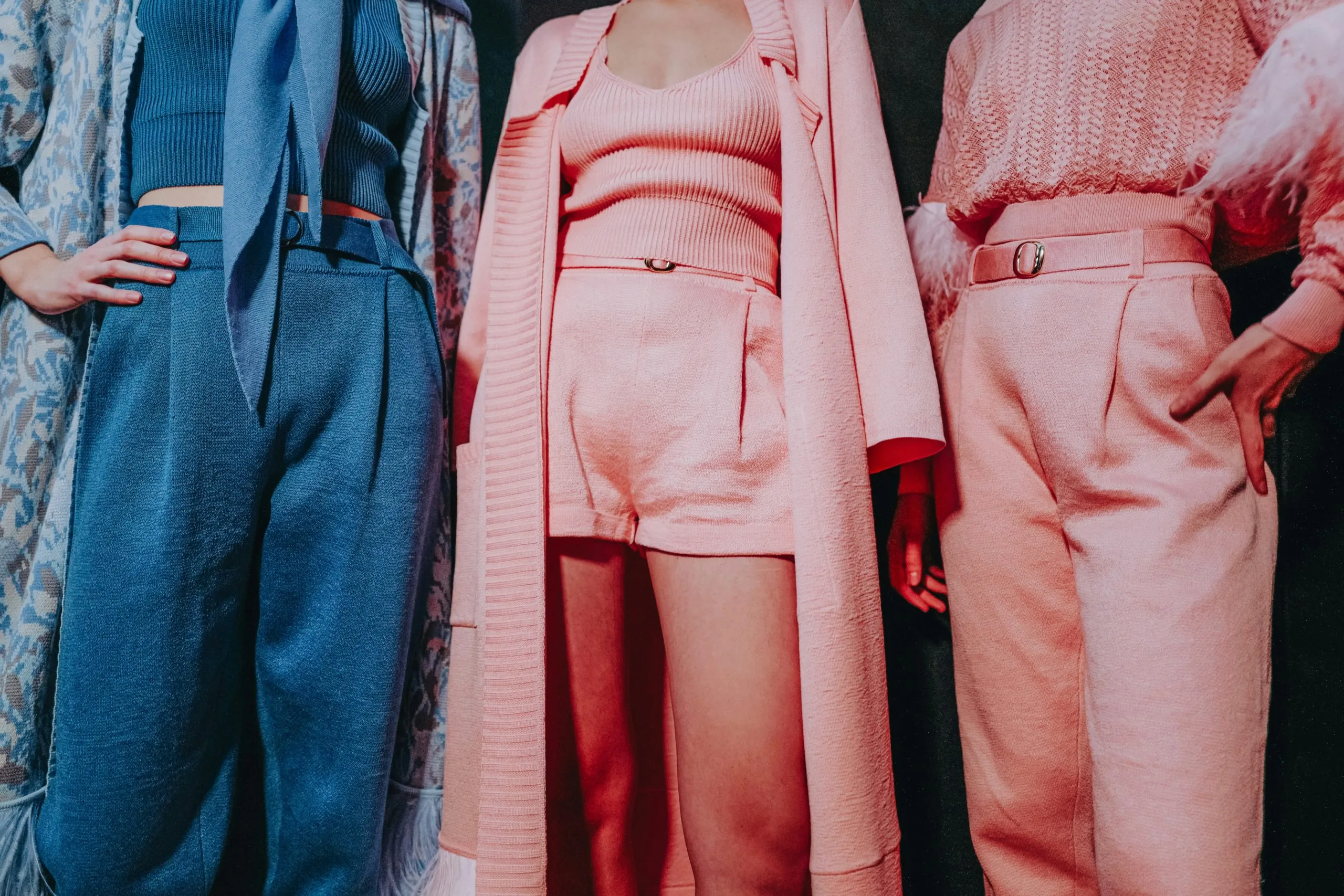Chanel’s playbook questioned: is a Raffles encore enough to sustain its magic?
Chanel is among luxury’s titans—an industry “safe haven”—but this year, even titans are feeling the challenge of the luxury slowdown. The decision to restage its cruise show at Singapore’s Raffles Hotel symbolized both the brand’s vast global reach and the persistent questions swirling in a market that’s slowing faster than many anticipated.
The numbers aren’t easy to gloss over. Chanel’s global revenues dropped 4.3% in 2024 to $18.7 billion, with operating profit down 30%. Sales in China, which fuels half of Chanel’s turnover, saw a 7.1% decline as macro risks mounted and sentiment weakened. In response, Chanel doubled down on investment—record capital spending soared to $1.8 billion, aimed at boutiques, experiences, and brand engagement worldwide.

Kepler Cheuvreux’s sector outlook suggests only “absolute luxury brands” like Chanel are weathering tough conditions, but even they face margin pressure and persistent uncertainty. Recovery is now expected only from 2026, as slowing demand and rising costs ripple across the market.
In China, MDRi’s 2025 research shows Chanel as both iconic and vulnerable:
- Luxury fashion awareness sits at 62%, making Chanel the leader among international players, but increasingly this category is up for grabs, with Chinese luxury designers fast gaining market share and consumer allegiance shifting toward local names.

- Luxury beauty and cosmetics: Chanel scores 64–70% brand awareness in beauty (depending on product segment), but SK-II (67%) and Shiseido (65%) are strong rivals. Chanel, however, leads the overall beauty brand landscape for foreign luxury—including lipsticks—backed by a robust 40% purchase rate.
- Handbags and leather goods: Here, Chanel’s dominance is clear, standing at 75% awareness and a commanding 39% purchase rate, well ahead of Hermès, Dior, and other global competitors.
- Jewellery: Chanel’s awareness hits 73%, just behind Cartier’s 77%, while in watches, its 64% trails Rolex’s 74%.
Which brings us back to the Show at Raffles Hotel. Why restage the collection in Singapore—and why now? Was it an act of brand confidence or subtle doubt about the effectiveness of Chanel’s current playbook? Did it signal ambition on a broad Asian stage, or reveal anxiety about fading resonance with China’s next wave of luxury buyers? In a market (Singapore) that is “forward-looking,” as Chanel calls it, can repeating the same story in a different environment truly drive new demand, or does it only remind us that the story itself may need rewriting?
Matthieu Blazy’s recent debut for Chanel received much positive attention—the word “assured” came up in more than one review, and there is no doubt he infused the house with a sense of curiosity and forward movement. Fabrics were lighter, archival tropes reimagined, the codes evident but not heavy-handed, and there was even a reinvention of the 2.55 bag with a playful twist. But beneath the surface, the question lingers: is this creative renewal enough to counteract broader sector fatigue, brand dilution, or the accelerating rise of new luxury voices in China and beyond?
If Chanel’s show at Raffles was brilliant, it was also a reminder that in luxury now, even the most dazzling displays can’t fully camouflage the undercurrent of volatility running through the sector. In this cycle, Chanel’s future will depend less on repeating formulas and more on the ability to create moments—and products—that move the narrative, not just restage it—an ambition that may be harder, and more necessary, than ever.
